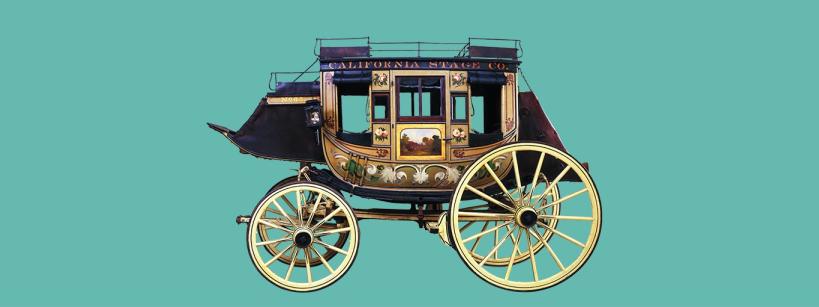Class Lesson
During this California Gold Rush: A Significant Service lesson, students will learn about the important job that stagecoach drivers had during the California Gold Rush by looking at several objects from the Autry Museum. After looking at the objects, students will make hypotheses by answering the question: What was the name of the job that used objects like these during the California Gold Rush? Then students will prove or disprove their hypotheses by reading a job description about a well-known stagecoach driver named Charley Parkhurst. Students will also be invited to share something important that they do with others through drawing and writing.
Standards
CA HSS: 4.3.2; 4.4.1; 4.4.2; 4.4.3
CA HSS: 5.8.4
Lesson and Resources
Lesson: California Gold Rush: A Significant Service: English
Lesson: California Gold Rush: A Significant Service: Spanish
Student Response Sheet: California Gold Rush: A Significant Service: English
Student Response Sheet: California Gold Rush: A Significant Service: Spanish
Associated Education Resources
Teaching Tips for Different Learning Environments
Whole Class In-Person Learning:
Activate - Activate students’ prior knowledge.
- Ask the whole class to share what they know about the California Gold Rush.
Investigate - Have students analyze images and make hypotheses.
- Read the INTRODUCTION with the whole class.
- Read PART 1 with the whole class. Then ask the students to look closely at the image, find objects that gold miners used to look for gold, and discuss how the objects might have been used.
- Divide the whole class into partners or small groups. Ask the partners or small groups to complete PARTS 2-4 by looking closely at images of objects, answering questions, and making hypotheses about the name of the job that used similar objects. Then have a whole class discussion about the students’ answers to the questions in PARTS 2-4.
- Have partners or small groups prove or disprove their hypotheses in PARTS 5-7 by reading a job description, looking at an image, and answering questions. Then have a whole class discussion about the students’ answers to the questions in PARTS 5-7.
Relate - Have students make connections to their own lives.
- Ask the students to think of something important that they do and to draw the objects that represent the important thing that they do by completing PART 8 independently.
Create - Have students create a written description.
- Have the students plan and write a description about the important thing that they do by completing PARTS 9-10 independently.
Demonstrate - Have students demonstrate their learning by sharing their work with others.
- Ask students to read their written descriptions to a partner, small group, or the whole class.
Whole Class Distance Learning:
- Follow the Whole Class In-Person Learning instructions.
- Students can demonstrate their learning by reading their written description to others or by posting their written descriptions for others to view through Padlet or Flipgrid.




